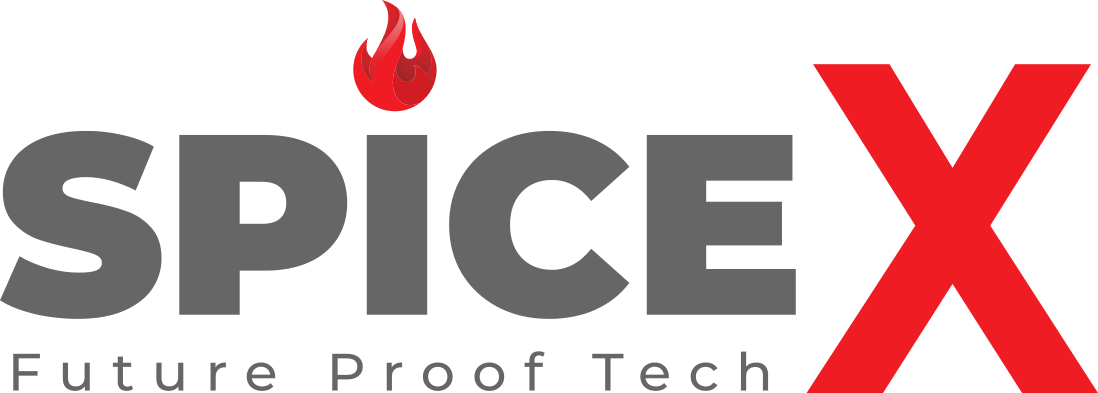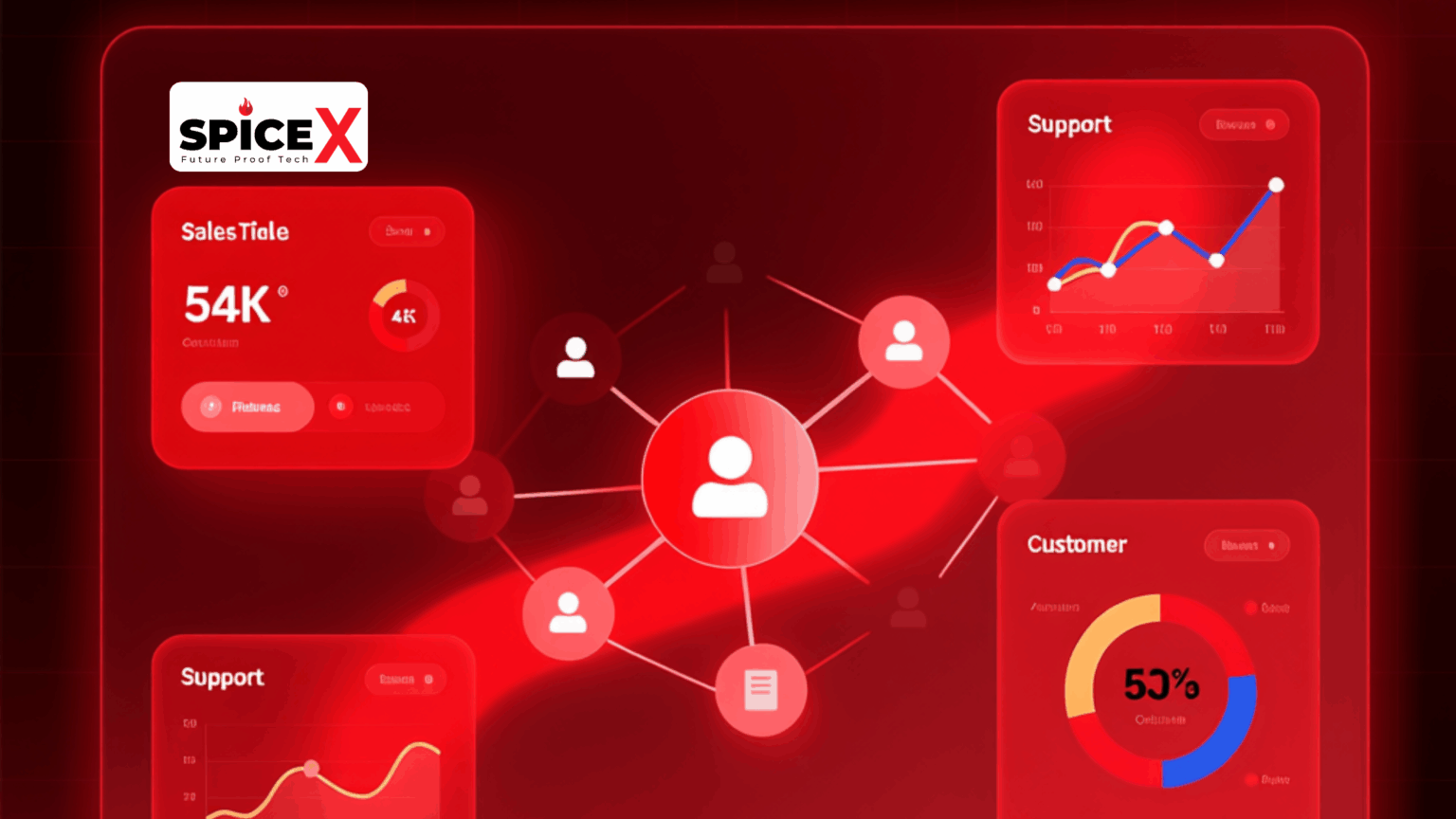For many organizations, a CRM system is meant to streamline operations, centralize data, and bring teams closer to their customers. Yet too often, the reality looks different: users complain about complexity, adoption lags, and what was supposed to be a helpful tool turns into a burden. This is what we call CRM fatigue.
What Is CRM Fatigue?
CRM fatigue happens when teams feel drained rather than empowered by their customer management tools. Common symptoms include:
- Spending more time on data entry than customer conversations
- Navigating multiple screens or systems just to find one piece of information
- Waiting weeks or months for small system changes
- Struggling with features that don’t match real workflows
- Seeing more friction than value in day-to-day usage
Instead of helping, the CRM becomes a barrier.
Why Traditional CRMs Often Lead to Fatigue
Most traditional CRMs weren’t built with real humans in mind. They were built for ideal workflows – not the messy, fast-moving, ever-changing reality of your business.
Here’s what usually goes wrong:
- Rigidity: The system forces you to adapt to it—not the other way around.
- Tool overload: Your team juggles the CRM, email, Slack, spreadsheets, and three other apps just to get one thing done.
- Endless manual work: Follow-ups, data entry, status updates… all done by hand, day after day.
- Zero autonomy: Need a small change? Better call IT (and pray they have bandwidth).
- One-size-fits-none: Every team works differently—but your CRM treats you like everyone else.
Over time, this wears people down. Adoption drops. Workarounds pop up. And the CRM, once a promised asset, becomes a costly liability.
CRM fatigue isn’t just frustrating, it’s expensive
The effects of CRM fatigue extend far beyond day-to-day frustration. They show up in measurable business outcomes: higher turnover, slower productivity, rising costs, and eroded customer trust.
When employees are weighed down by clunky systems, burnout sets in. In customer-facing teams, this is especially damaging. Research from Cornell University shows that call centers face 30–45% annual turnover, with poor technology and stressful workflows among the top drivers. Every departure is expensive: replacing an employee costs 30–50% of their annual salary once hiring, onboarding, and training are factored in. For a mid-size customer support team, that can translate into millions of dollars in hidden costs each year.
Productivity also suffers. According to McKinsey, employees spend up to 28% of their time switching between apps—a direct result of fragmented workflows and poorly integrated systems. In support environments, this translates into slower resolution times, fewer tickets closed per day, and rising customer wait times. Fatigued teams simply get less done.
The customer experience takes a hit as well – 88% of customers stop buying from a brand after a poor service experience. Fatigued employees, unable to give their full energy to conversations, create interactions that feel rushed, robotic, or inconsistent—damaging relationships and cutting into recurring revenue.
The ripple effects extend deeper into operations – burnout leads to 63% more sick days and no-shows, which further destabilize teams already stretched thin. Meanwhile, new hires take longer to ramp up when existing staff are disengaged or too busy to train them effectively. Errors, delays, and missed opportunities become more frequent, and the cumulative impact quietly drains both morale and the bottom line.
In short, CRM fatigue isn’t just an employee experience issue, it’s a systemic business risk. What begins as frustration with a tool quickly compounds into higher attrition, reduced productivity, declining customer satisfaction, and mounting operational costs.
Breaking the Cycle
A Better CRM Experience Starts Here
SpiceX eliminates CRM fatigue by giving your team what they actually need:
- Make quick changes without waiting on IT (no code required)
- See email, tasks, and customer history in one intuitive dashboard
- Automate follow-ups and updates
- Connect your existing tools—without creating more chaos
The result? A CRM that feels less like admin work and more like a productivity boost.
SpiceX is purpose-built to confront the root causes of frustration: inflexible tools, disconnected systems, manual overload, and complex dev bottlenecks. With a combination of low-code customization, unified interfaces, guided workflows, automation, and deep integration, SpiceX offers a sustainable path to CRM that empowers users, rather than exhausting them.
If you’re tired of your CRM dragging your team down, it might be time to consider a different approach. Visit SpiceX to learn more or request a demo, and see what a fatigue-free CRM experience could look like.

